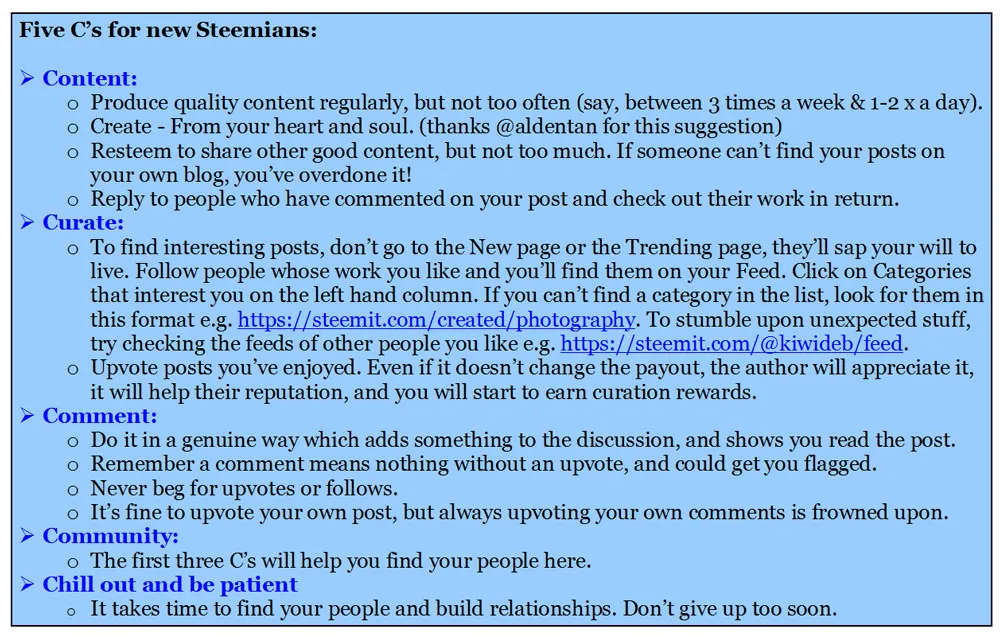More on what I learnt about health, weight loss and longevity in the Real Skinny on Fat online summit. I’m aiming to summarise 30+ hours of videos and many pages of notes into a series of posts that are simple to understand.
• Post 1 was about how we were made to fear dietary fat, why we don’t need to, and why that was disastrous.
• Post 2 was about metabolic flexibility and how that ties in with ancestral eating (whatever that means to you).
• Post 3 was about the importance of not eating continually, and how we can benefit from even a short break in eating.
• Post 4 included some tips on how to switch from being a carb burner to a fat burner more easily
• Today is a digression from the summit to some of my hints - the first part of a step by step “How To” of actually changing the food. If you’re on a high carb, standard Western diet, this is probably more useful to start with than the last post.
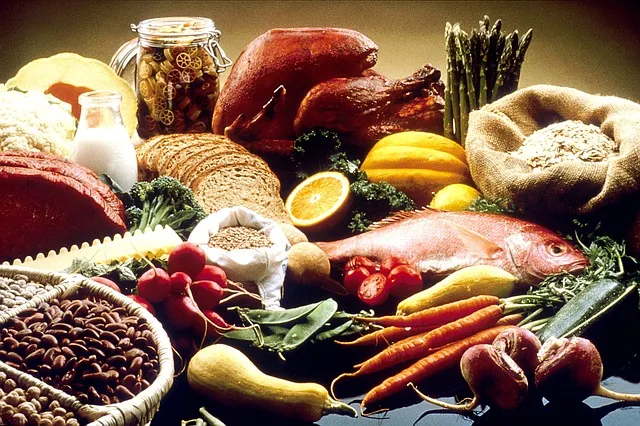
Step 1
Although you might find it easier to start with step 2 (and that’s all good too), I want to start with this step for those of you who might already be on a lower sugar diet.
Before you start increasing your % of fats, it’s important to look at the quality of the fats you’re currently eating. The right fats are critical for health, but the wrong ones are very dangerous. So right at the start, let’s make sure they’re safe.
Rule of thumb: ask “Could my great grandmother have made this in her own kitchen?” If the answer is no, don’t eat it.
Safe to eat:
• Animal foods: butter, ghee, lard or bacon fat, poultry fat, tallow (from lamb or beef), cod liver oil, fish oil, dairy products such as cheese, cream or yoghurt (unless you’re intolerant) and egg yolks
• Plant foods: coconut oil, palm or palm kernel oil (whether they are sustainable is another issue), MCT oil, avocado oil, hemp oil, cocao (cacao) butter, extra virgin olive oil, small amounts of flax oil, as well as nuts, seeds, avocado and other coconut products
Unsafe to eat:
• Seed oils, canola oil, soy oil, safflower oil, anything that is called a vegetable oil without specifying will almost certainly be a seed oil
• Margarine or hydrogenated oils
• Anything commercially deep fried is likely to be cooked in bad fats
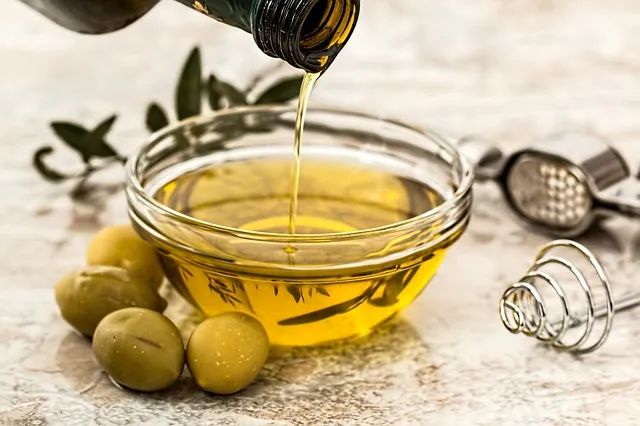
For more information about good vs bad fats and how to use them, see this previous post. Your might also find this post by @tamala helpful.
Step 2
The next step is to eliminate all (or at least most) processed foods from your kitchen and return to eating real food, ideally mostly made at home.
I’ve written in detail before about what this includes and there are links to those posts below. But let’s break it down into some specific examples.
Soda / soft drinks
For a lot of people, these are a huge source of empty and harmful calories. You may say that you only drink diet soda, thinking that’s better. Not so. The artificial sweeteners are as harmful, possibly more so, than the sugar. So, what to do.
• The newer ones, sweetened with stevia eg Zevia are better, so a step in the right direction. But did our ancestors drink soda? No, they drank water.
• So, taking another step, think about swapping the occasional one out for sparkling mineral water.
• Eventually aim for no sodas, all water. A combination of still and sparkling is fine.
Sugar in hot drinks
More empty calories that you can do without. There are a couple of ways you can do this:
• Have a little less sweetener each time you make a hot drink
• Or swap to natural sweeteners like maple syrup or honey (and then decrease those too). Some people find stevia or monkfruit to be good no calorie sweeteners, and they don’t have the health drawbacks that artificial sweeteners do.

Reduce your processed foods
• Look at what you’re buying in packets, in cans or frozen. Some of these can be fine eg tinned fish, frozen fruit and vegetables, but most have undesirable additives.
• Look at the ingredients and see which ones need to go in the bin. Especially bad are additives like artificial anything, MSG and GMOs.
• What can you make yourself without sugar and other unnecessary additives?
• Aim to make most of your food at home from fresh, local whole foods. Start by choosing one food and swapping it out. Gradually replace everything
• What are you using for sweeteners in baking? Opt for natural sweeteners like the ones above.
• When you eat out, look for places that use fresh foods
This is a pretty quick overview. For more detailed help, see some of my previous posts:
• How to get started on a Real Food diet Part 1
• Why use Real Food diets for healing
• How to get started on a Real Food diet Part 2
If you have specific favourite foods that you’re worried about, that you don’t know how to swap out for real food, feel free to ask in the comments.
Special note for @kiwiscanfly – you were asking about those packets of choccie bikkies that you keep for when you’ve got the munchies – it’s bloody simple mate, don’t buy them! I could give you recipes for things to make that are healthier. Or you could just keep some 72% dark chocolate for such occasions. Few and far between as they are, it could sit there for ages. Just kidding…
Step 3
Now that you’ve cut out your added sugars, and bad fats, the next step is to start cutting down your carb levels. So look at the diary you’ve been keeping of your breakdown, and see where the biggest hits of carbs are coming from. Hint, they probably include this staple food.
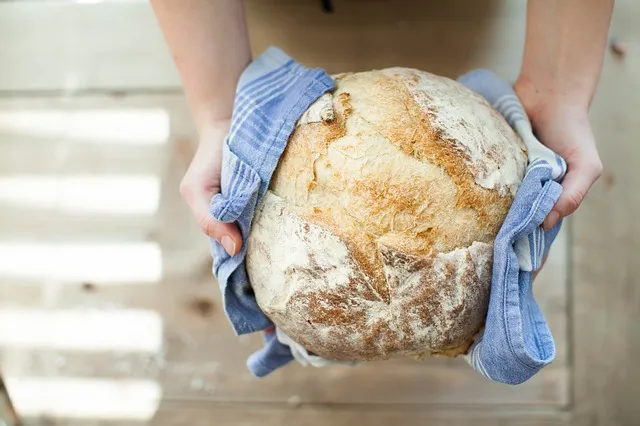
I’m trying to keep my posts a bit shorter, so more on that next time, but in the meantime, if there is any particular carby food you’d like tips on, pop it in the comments.
Step 4
This step involves reducing protein, and of course, continuing to increase fat. We’ll talk more about that in the next posts too, including what @sift666 and I have been eating for the last couple of weeks.
Thanks for reading
Images from Pixabay.
Check out @woman-onthe-wing’s #makeithealthy project and the new #naturalmedicine project.
Follow me for more health, nutrition, food, lifestyle and recipe posts. For an archive of 2016 & 2017 posts, by category, see my last post of 2017.
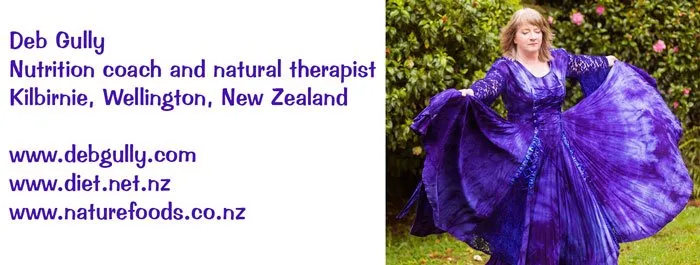
Contact me in SteemitChat to ask about one on one nutritional coaching or EFT (Emotional Freedom Technique) sessions by Skype. (Then put a comment on my most recent post, so I know to find you.) Steem, other altcoins or Paypal accepted.
If you’re from New Zealand (Aotearoa) and are looking for other kiwis, use #teamnz as one of your tags // check out other posts with #kiwi or #teamnz tags // follow @teamnz // or join the South Pacific channel on Discord. There is an old list of kiwis on this post.
